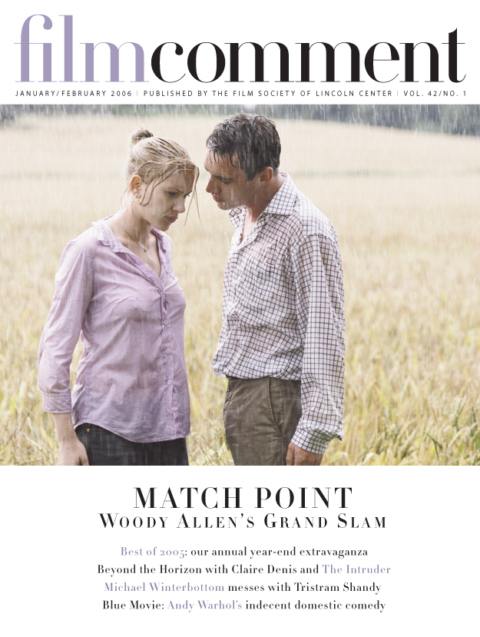
Philippe Garrel is, for sure, an anomaly. A self-described artisan, he has managed to carve out a personal space for himself in spite of the French film industry’s protracted Night of the Long Knives against its aesthetic rebels. Acknowledged at home as the most important filmmaker of the post-Nouvelle Vague generation, his reputation is steadily growing overseas due, in large part, to a passionate and ever-growing coterie of people interested in his work.
Garrel’s latest, Regular Lovers, is a sublimely beautiful black-and-white 35mm epic shot by master cinematographer William Lubtchansky. Much has been made of the film’s relationship, or anti-relationship, with Bernardo Bertolucci’s The Dreamers. Indeed, both films star Garrel’s son Louis, and, yes, there is a moment in Regular Lovers that makes explicit reference to Bertolucci. But whatever Garrel’s intentions, this nearly three-hour film is about May ’68 in the same way that Melville’s Moby-Dick is about a whale. Regular Lovers is an affectionate, dreamlike elegy to youthful idealism laid waste. Simultaneously underserved by their ambitions and overnourished in their pleasures, the protagonists in Garrel’s film—a poet (Garrel), an aspiring sculptor (Clotilde Hesme) working in a foundry, and an opium addict (Julien Lucas) whose inheritance allows him to create a “kingdom without laws” for himself and his friends—find themselves in the existential quandary of having to live after the revolution when the clarion call of ’68 is silenced by the “terrible roar of nothingness.”
Distressingly, not a single one of Garrel’s films has U.S. distribution, and given the tepid attitude of distributors and filmgoers alike toward films that are neither straight popcorn nor straight bullshit, it might be some time before Regular Lovers is seen on our shores. Some small hope: a recent retrospective of Garrel’s work curated by Jake Perlin at the Brooklyn Academy of Music Cinematek drew large and enthusiastic audiences, and the Cinémathèque Française is actively restoring and preserving the director’s early works, such as The Inner Scar (72), which screened this year in a new digital restoration at MoMA. It’s hard to imagine a filmmaker more deserving of major reconsideration by serious students and enthusiasts of film art. So, let’s all be reasonable and demand the impossible: Garrel now!
Sales Agent: [email protected]








